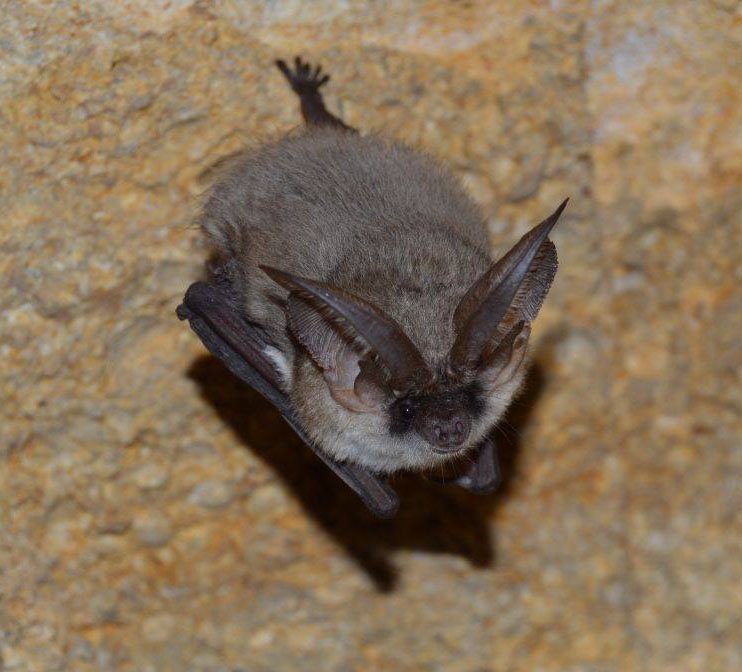Rare bat discovered by National Bats in Churches Survey volunteers in Somerset church
Volunteers for the National Bats in Churches Survey have discovered one of the rarest mammals in Britain, the grey long-eared bat, in a church in Somerset. This is only the second record of grey long-eared bat the survey has uncovered and is fantastic news for this endangered species.

DNA analysis of droppings found in the church confirmed the presence of grey long-eared bat, alongside the more common brown long-eared bat and serotine.
This is only the second time a grey long-eared bat has been discovered by the National Bats in Churches Survey, a volunteer-led citizen science project run by the Bats in Churches partnership of heritage and conservation organisations. In 2020, DNA evidence confirmed the presence of the species in a church in Devon.
Claire Boothby, training and surveys officer at Bats in Churches, said: ‘The National Bats in Churches Survey is allowing us to make exciting new discoveries about bats and their use of churches, including the confirmation of one of the rarest British mammals in a Somerset church.
‘As we know so few grey long-eared bat roosting sites, each confirmation of the species is precious.
‘Through the National Bats in Churches Survey we’ve gained records from more than 700 churches across the country, showing the power of citizen science. Thanks to our team of volunteers, our research will give us needed knowledge to better conserve bats and provide information and support for churches.’

There are thought to be only around 1,000 grey long-eared bats in England and the species has suffered through habitat loss, with unimproved grasslands, its favourite foraging habitat, declining by 92% in the last century, according to Bat Conservation Trust.
The grey long-eared bat is so vulnerable it was made a target species for the Back from the Brink project, an ambitious nationwide partnership to save some of England’s most threatened species from extinction. Bat Conservation Trust also worked with East Devon AONB to expand the work of Back from the Brink.
Carol Williams, director of conservation at Bat Conservation Trust, said: ‘Although both of these projects have now completed, BCT has other projects in the pipeline to continue to help this species.
‘It’s very encouraging to be aware of more records coming in from Somerset. When there are so few of this species left in England, knowing where the remaining animals are is of great importance.’
Edward Wells, Somerset Bat Group member, said: ‘What is quite clear is that we are getting more and more records of grey long-eared bats coming over the last five years.
‘It’s quite likely that it has been under-recorded, not least because its close relative, the brown long-eared bat, is our third commonest species and observers tend to go with the most likely identification.’
